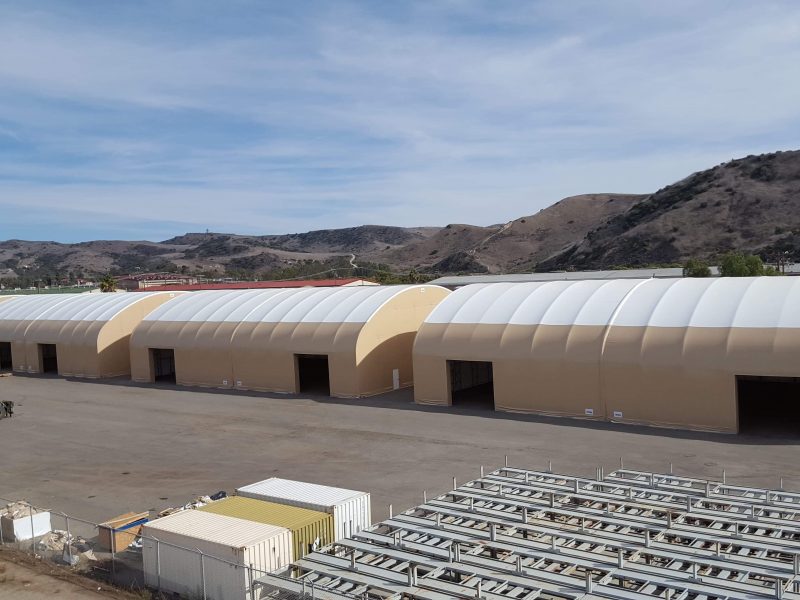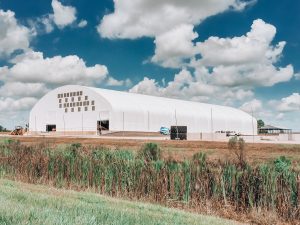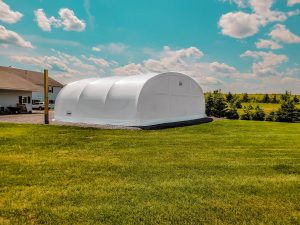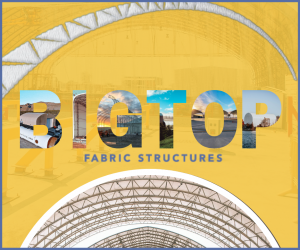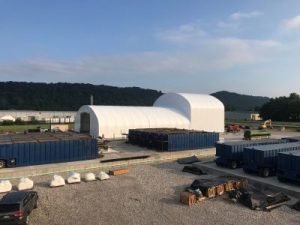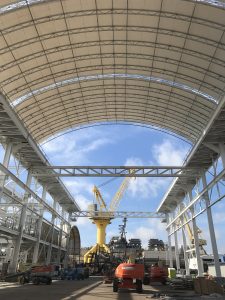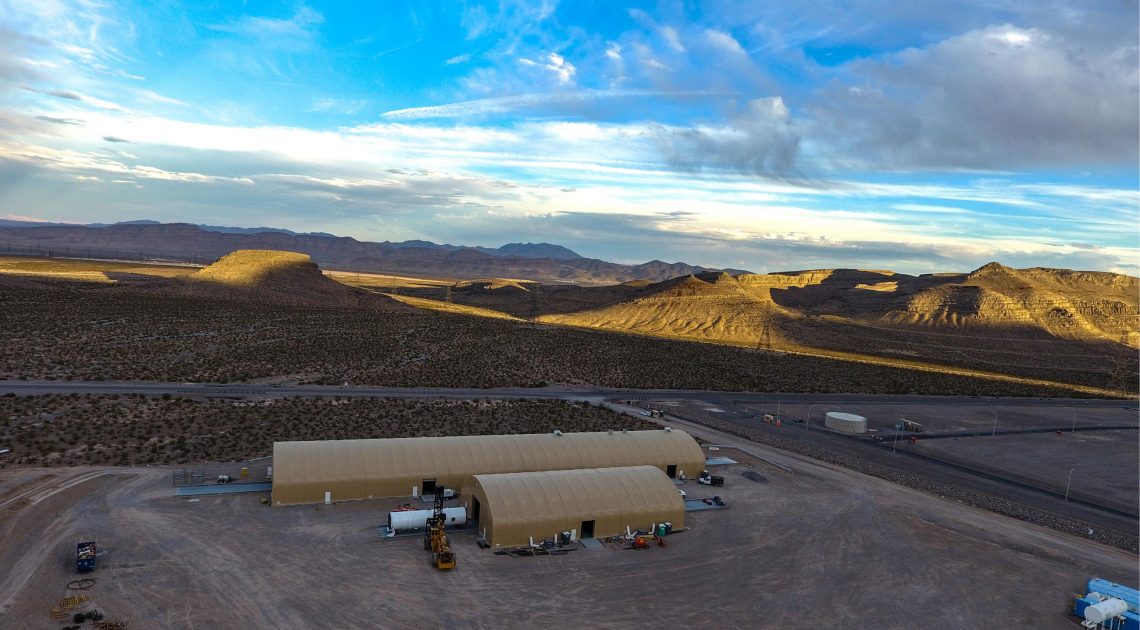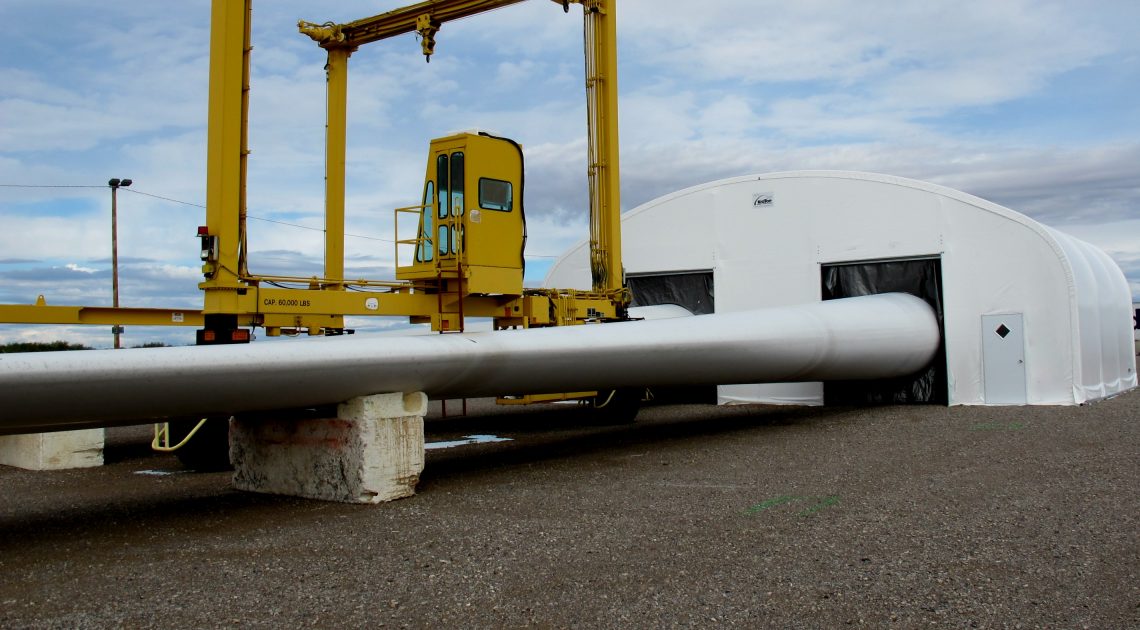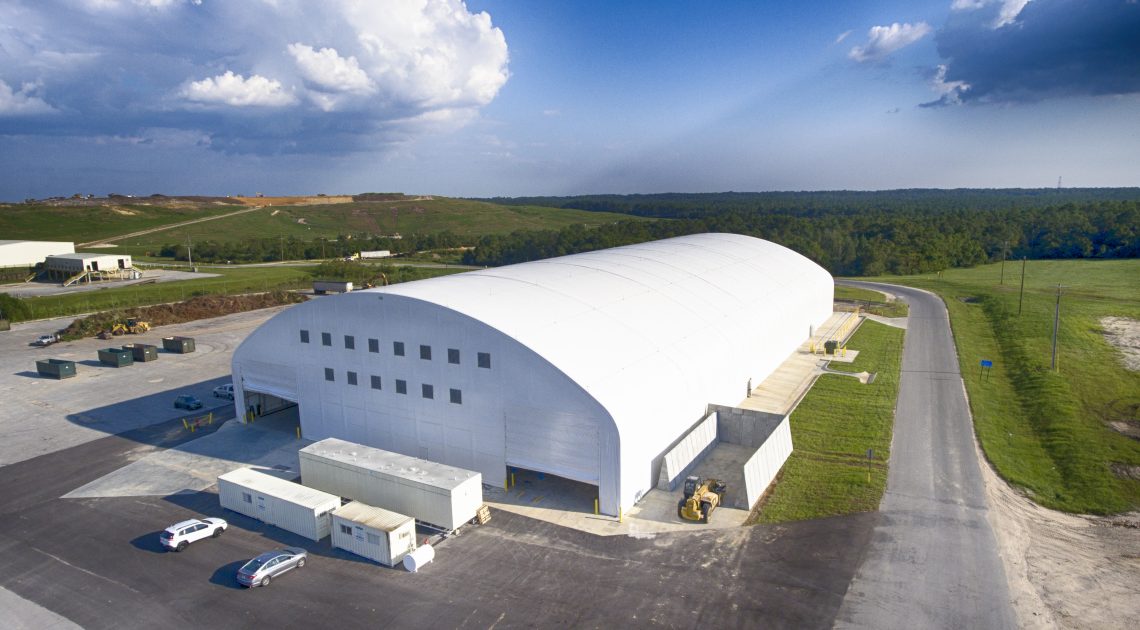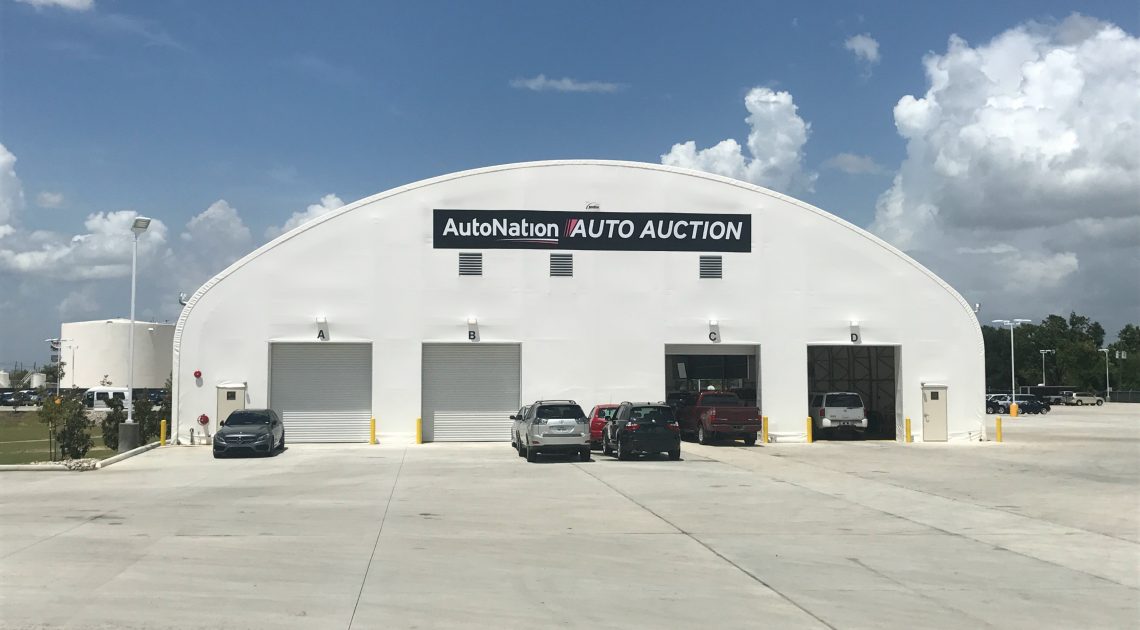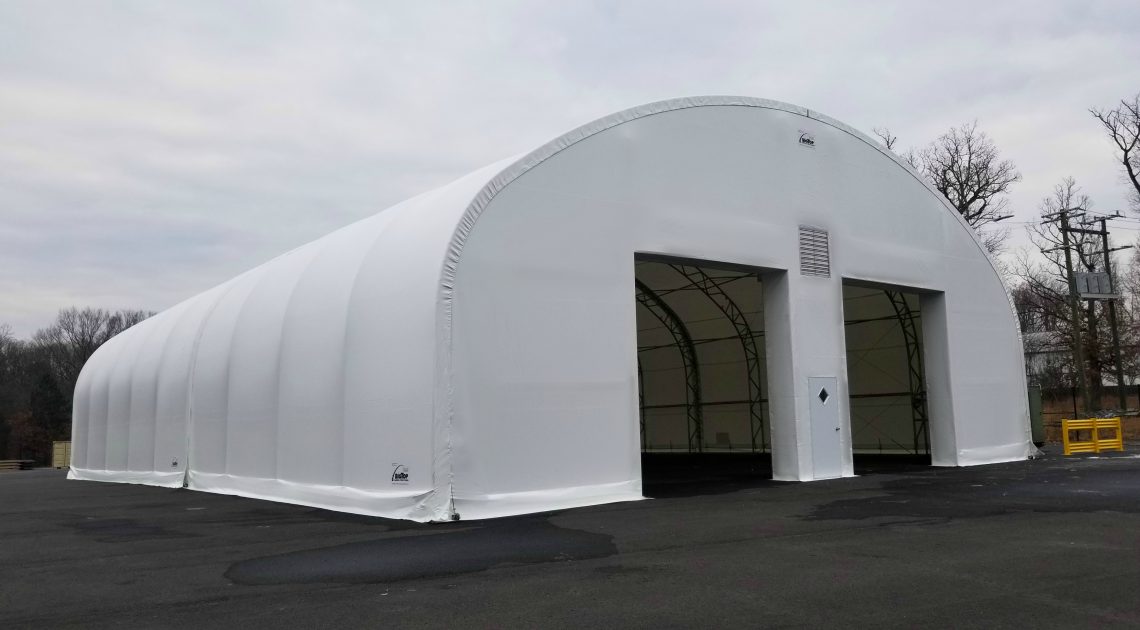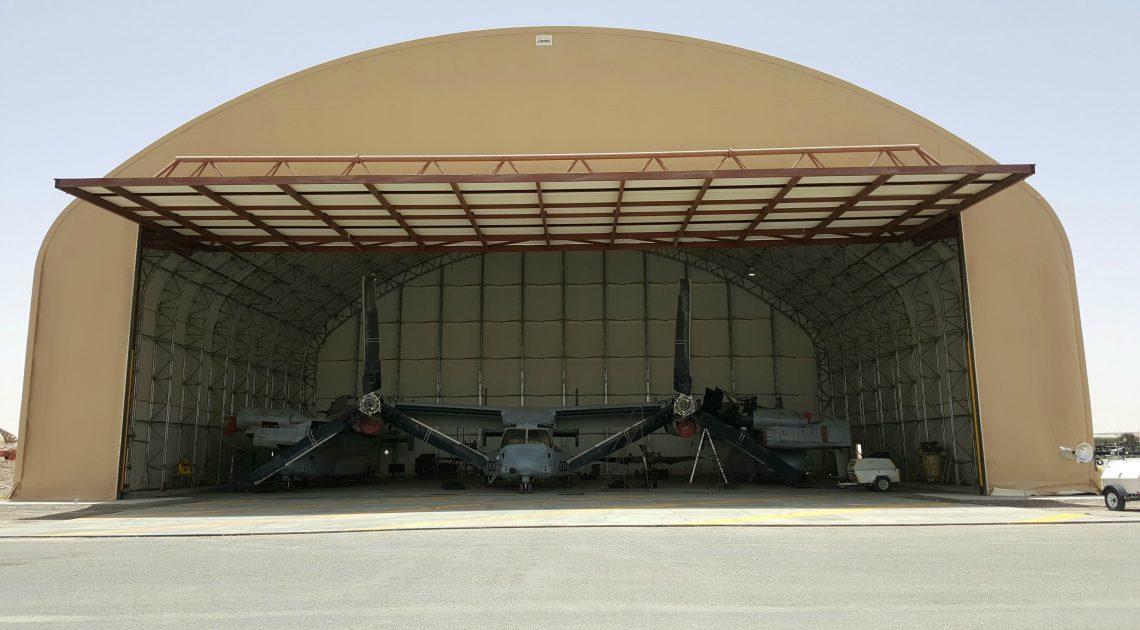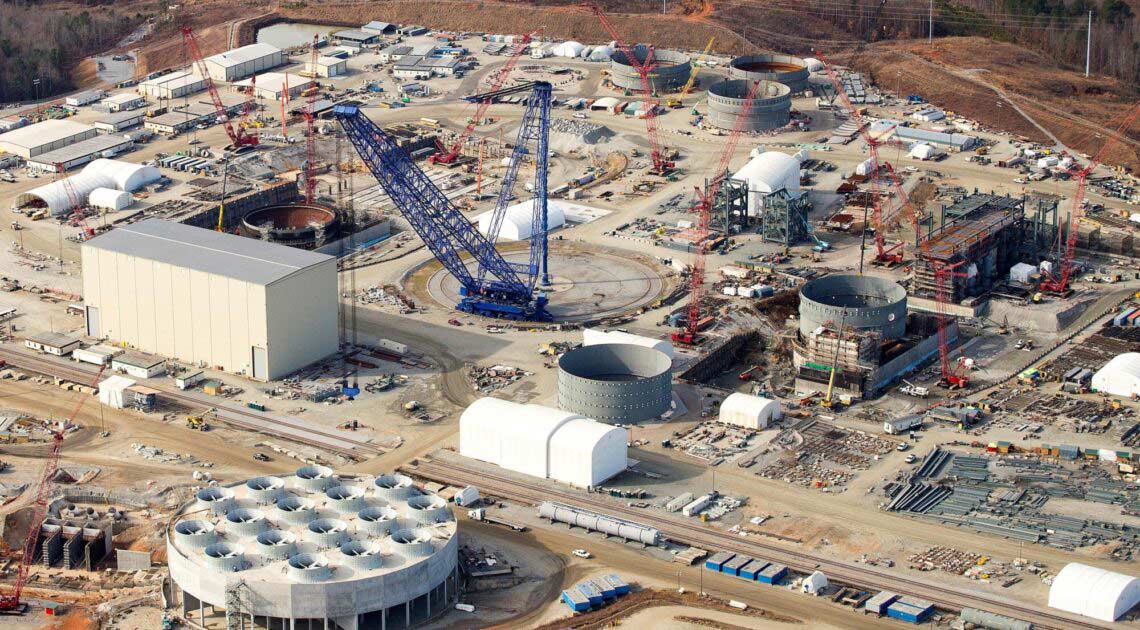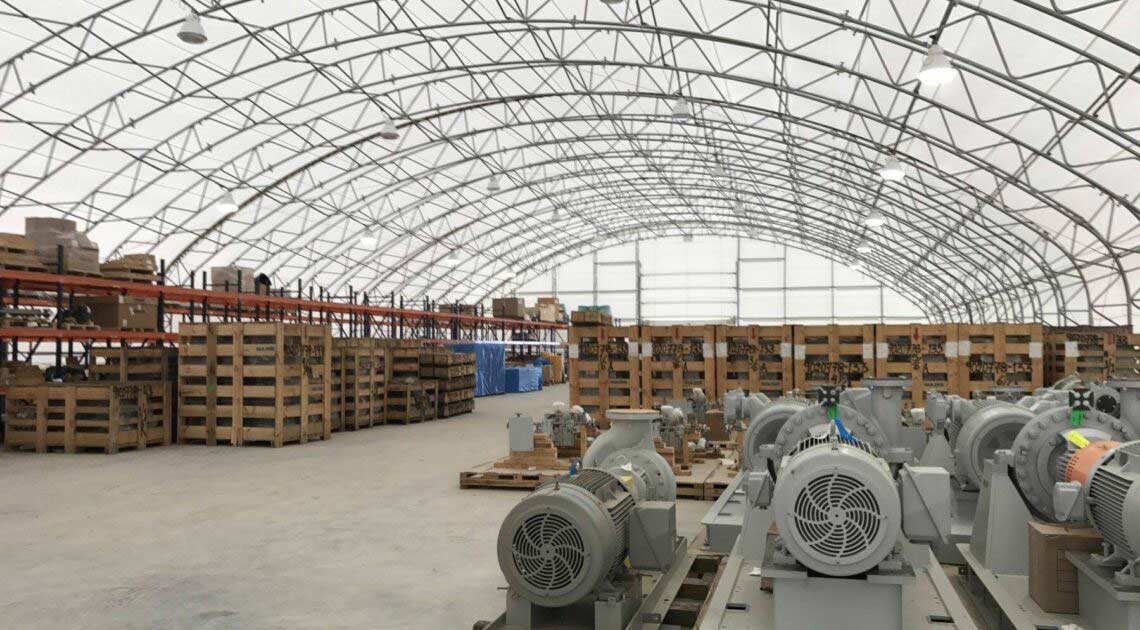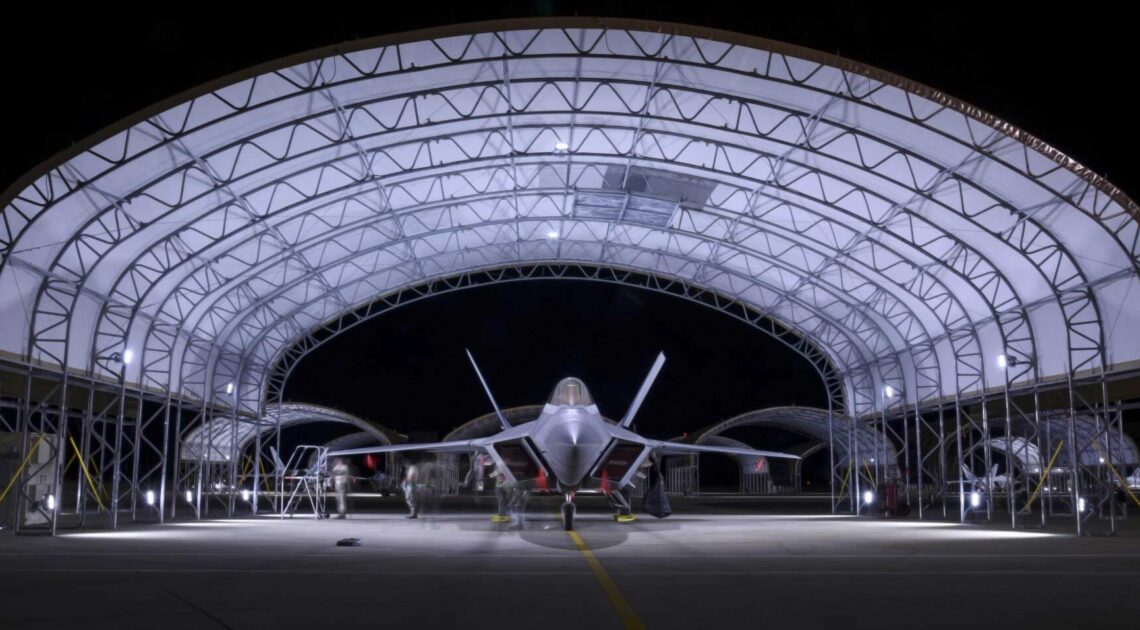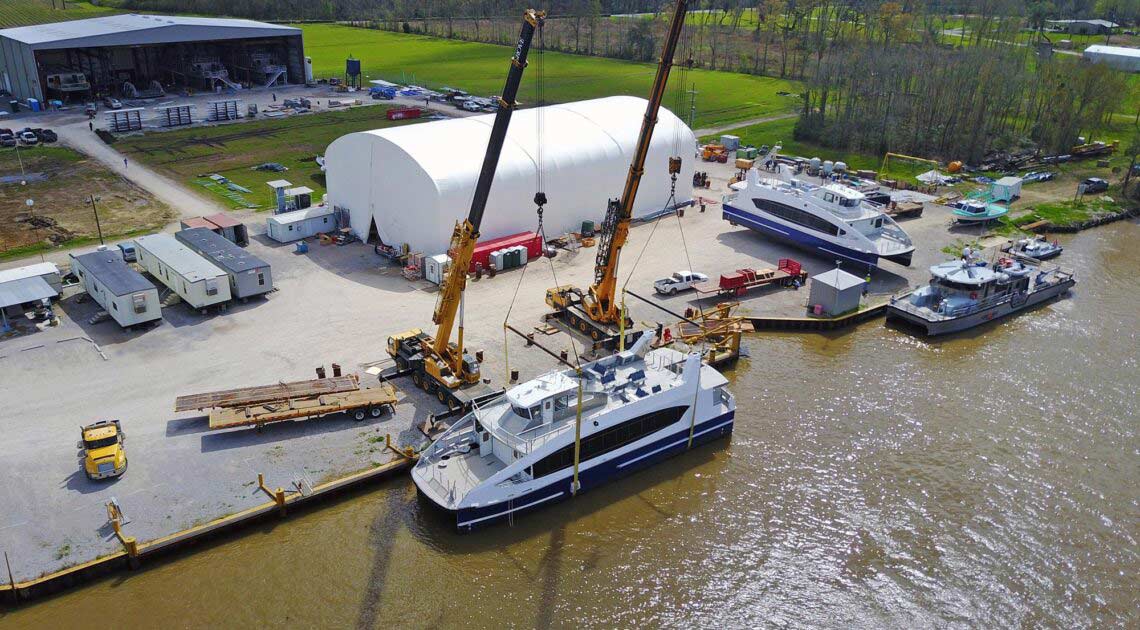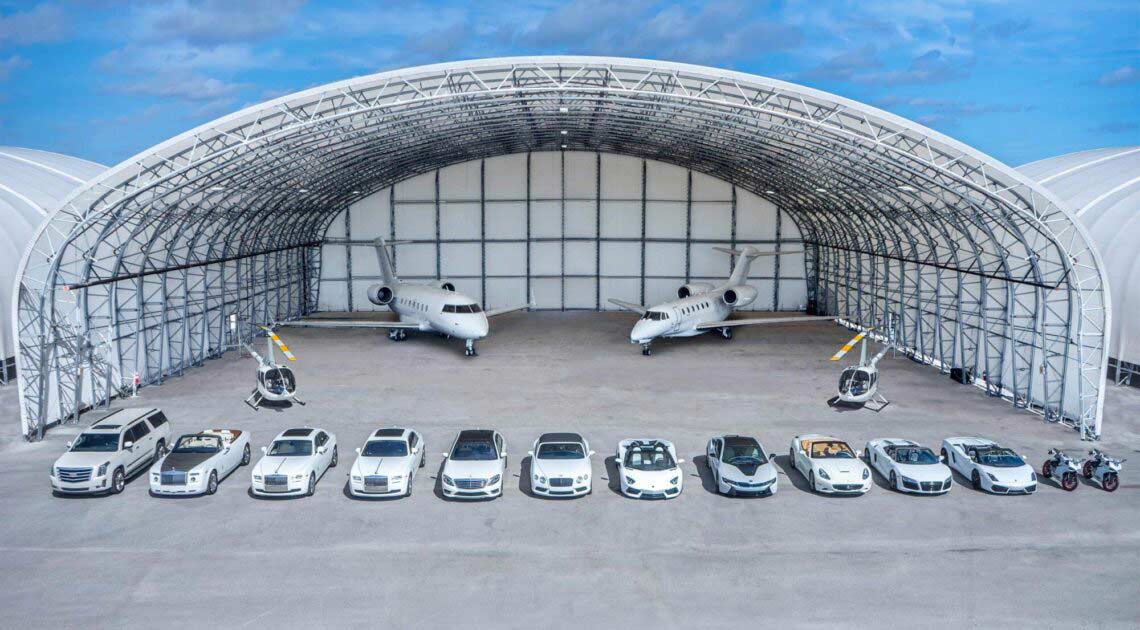5 Advantages of Fabric Structures You Didn’t Know About
Have you ever heard of fabric structures? If not, you’re in for a treat! Fabric structures are structures made from fabric-like materials and are increasingly becoming popular in the construction and commercial industry. From stadiums to large industrial facilities, fabric structures are becoming the preferred choice for many projects. In this blog post, we’ll explore five advantages of fabric structures that you may not have known about. Read on to learn more about the advantages of fabric structures and why they’re gaining in popularity.
1) Increased Natural Light
Fabric structures are an innovative building solution that has become increasingly popular in recent years. Structures are typically made from a flexible membrane, such as vinyl-coated polyester or PVC, and can be used in a variety of applications from sports arenas and stadiums to industrial buildings and warehouses. One of the major advantages of these structures is their ability to allow natural light to shine through.
In comparison to traditional construction materials, fabric structures let more natural light in, creating a brighter and more inviting atmosphere. This increased natural light can make a space feel larger and more open, which can lead to better morale among employees, customers, and athletes. Natural light is also beneficial for the environment since it eliminates the need for artificial lighting during the day. 
Fabric structures offer greater protection from the elements than traditional construction materials. Unlike traditional walls, fabric structures allow air to circulate freely, helping to keep temperatures consistent in different parts of the building. This helps to improve indoor air quality and reduce energy costs by reducing the amount of energy needed for heating and cooling. The fabric also provides some protection from ultraviolet rays, helping to reduce fading of furniture, carpets, and artwork.
The flexibility of fabric structures also allows for quicker installation times when compared to traditional construction materials. This means that projects can be completed in less time, leading to cost savings and quicker occupancy. Fabric structures also offer design flexibility since they can be shaped into various designs and sizes. This can provide architects and designers with more options when creating an aesthetically pleasing space.
2) Improved Acoustics
Fabric structures are an increasingly popular way to provide a comfortable environment for both indoor and outdoor events. Not only are they aesthetically pleasing, but they can also provide many functional benefits that you might not know about. One of these advantages is improved acoustics.
When you install a fabric structure, the sound insulation properties of the material create a buffer zone that improves the acoustics of your event space. The material absorbs sounds and prevents reverberations, so that the sound produced inside the space is even and pleasant. This can be especially beneficial for large events with multiple speakers, as the sound from each one won’t interfere with another. 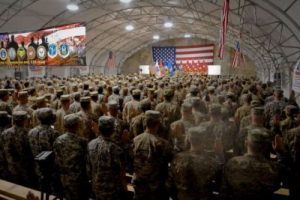
Additionally, fabric structures are lightweight and can be easily moved and adapted as needed, making it easier to manage the sound within the space. This can help avoid interference from other events nearby, giving you more control over the sound quality of your own event.
3) Greater Temperature Control
Fabric structures are an increasingly popular choice for commercial buildings due to their many advantages. One major advantage of fabric structures is greater temperature control. The fabric material can help regulate the temperature inside the building, providing a comfortable environment all year round. Unlike traditional hard-walled structures, fabric structures provide superior insulation from outside temperatures and allow natural air to circulate freely inside the building. This helps reduce energy costs associated with heating and cooling, as well as eliminating the need for additional fans or air conditioners.
4) Increased Flexibility
Fabric structures offer many advantages over traditional building materials. One of the biggest benefits is increased flexibility. Unlike metal or concrete structures, fabric structures can be tailored to fit any space and can be quickly and easily modified as needed. This makes them ideal for businesses that need to adjust their building layout over time or that need to accommodate changing needs. Additionally, they are much easier to transport than other types of structures, which makes them a great option for companies that move frequently.
5) Lower Construction Costs
 Fabric structures are a great way to save on construction costs. Unlike traditional construction materials such as concrete, steel and wood, fabric structures require less labor and material costs to assemble. This is because the components used to build a fabric structure can be shipped in bulk, pre-manufactured and easy to install. Additionally, fabric structures can be set up in a fraction of the time required for traditional construction, reducing the total labor costs. In addition to cost savings, fabric structures are also much lighter than traditional construction materials, making them easier to transport and install. Furthermore, they offer better insulation against extreme temperatures, meaning they require less energy to heat and cool, resulting in even more cost savings.
Fabric structures are a great way to save on construction costs. Unlike traditional construction materials such as concrete, steel and wood, fabric structures require less labor and material costs to assemble. This is because the components used to build a fabric structure can be shipped in bulk, pre-manufactured and easy to install. Additionally, fabric structures can be set up in a fraction of the time required for traditional construction, reducing the total labor costs. In addition to cost savings, fabric structures are also much lighter than traditional construction materials, making them easier to transport and install. Furthermore, they offer better insulation against extreme temperatures, meaning they require less energy to heat and cool, resulting in even more cost savings.
To Conclude
Fabric structures have numerous benefits that make them an ideal choice for a variety of applications. If you’re considering a new building project, consider the advantages of fabric structures before making your decision. We encourage you to consult with an expert, and lucky for you we have a team of them available to you, right here at Big Top Manufacturing.






